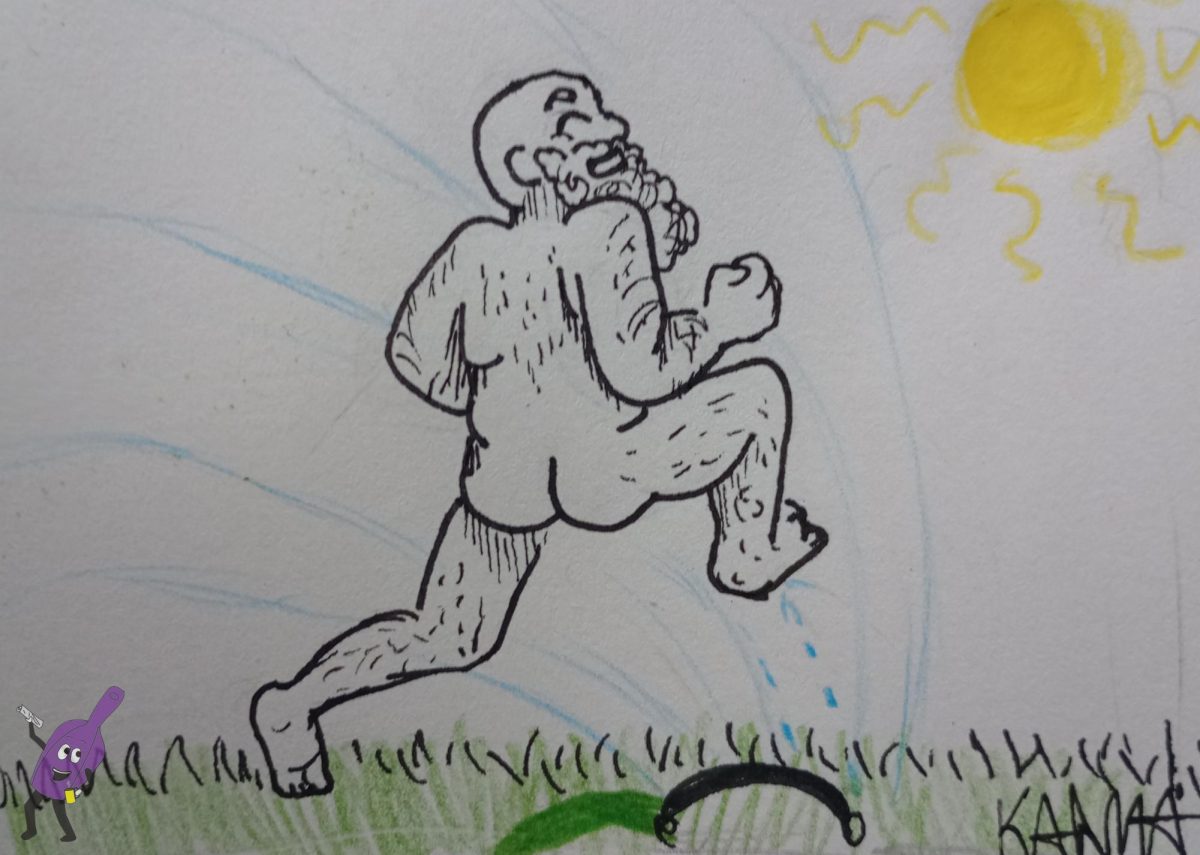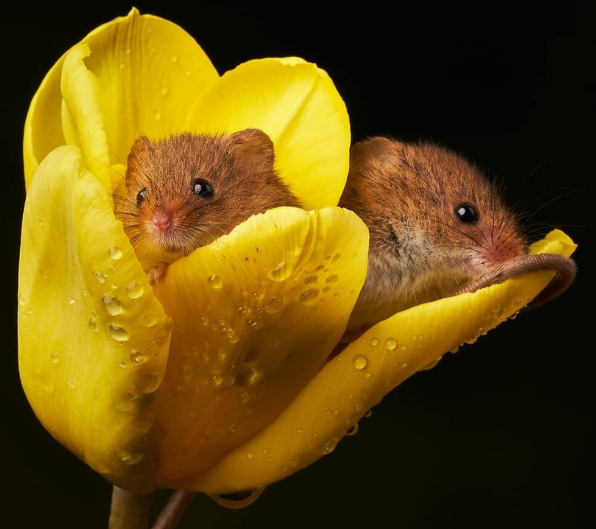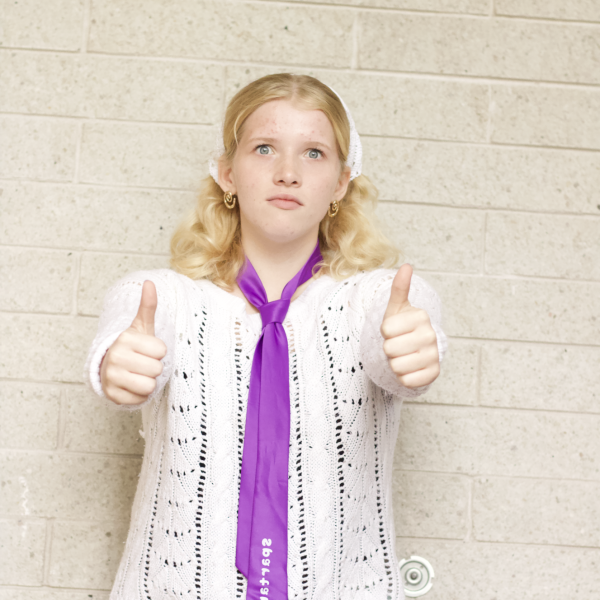Do you have any outstanding memories of childhood joy? Maybe you think fondly about jumping through the sprinkler on a hot summer day, or you smile a little remembering the day you learned to ride a bike.
As one thinks of happy moments from the past it can also lead them to think about what they do that currently sparks joy. It may also cause some people to ponder about how their version of happiness looks different to that of their adolescent selves. Why might people’s perception of joy change over time, and are they really as happy now as they were way back when? Let’s explore these notions.
When you are young, you are encouraged to play and be creative, the world is your oyster and the time has come to make something of it. So you look towards the future positively and go for it, that is until you turn nine according to Neuroscience News.
As maintained by one study, which monitored participants from children to octogenarians, (a person between the ages of 80 and 89) general happiness began to decline at age nine. Then at around 16 years old happiness slowly began to increase again. This first decline is likely caused by big life changes such as puberty and escalated social situations within schooling. These changes in hormone levels and brain development can shift emotions any which way causing the brain to struggle with its perception of happiness.
Then, in the later teenage years when happiness begins to increase again it slowly builds until the age of 70. Following this pattern Calmerry.com points out that, “…happiness tends to follow a U-shape rather than a straight line…”.
So, while happiness may have its highs and lows through life, it can also morph to look like different practices as we age. As The Atlantic explains, most people think happiness revolves around being young and free. The image that pops into many peoples heads is the careless teenager partying hard and living the rebellious lifestyle. That said, people change. This is an inevitable fact of life, and through that change our ideal version of happiness looks different.
Atlantic writer Heidi Grant Halvorson explains that, as a middle aged mother, her happiest moments are spent cuddling up to read a book or play monopoly with her seven-year- old. She knows that to her 20 year old self her life would likely seem boring and that she might wonder whatever happened to make that change. Many people feel this way as they age, fearing they’ve lost some key to the fun of life because their joy looks different than what it used to.
However, according to Halvorson everyone eventually grows up and “…for many of us, what it means to be “happy” slowly evolves into something completely different.” It isn’t that we are happier when we are young and at some point we lose our way making us miserable adults. Instead, the thought process is that we grow to understand happiness differently.
The elderly are often some of the happiest people around if they align with certain happiness increasing patterns. For example, Calmerry.com explains that older people are more likely to be positive and confident in their lifestyle choices. Many older people feel that as they age they want to live out their days as happily as possible, making the most of any time left.
The confidence that stems from these choices has also been shown to reduce negative side effects of aging. The security of age can help people to boost their self esteem and maintain positive self worth ultimately retaining their overall happiness.
Another facet of the elderly and their contentment levels is the relationships they have developed over the years. Those who maintain strong social relationships can have improved happiness and physical well being. “People with social connections tend to live longer, experience less depression, and are better able to cope with challenging issues” (Calmerry.com).
According to The Harvard Gazette a study that began its research in 1938, showed results that men who retained happy relationships had great quality of life deep into age. In this study scientists started by tracking the health of almost 300 Harvard sophomores which then proceeded for the next 80 years. This particular experiment is one of the longest and most revealing studies on age and happiness to date.
For many years of study, the scientists followed the original 300 men as they lived their everyday lives. They eventually included the participants’ wives and children to deepen the study of relationships. This would reveal that the people who were the most content with their lives and their connection to others at 50, were significantly healthier 30 years later. Yet again, connection and positivity allowed the elderly to be happier people.
There are times where we may look back and still long to be a happy kid again, stressless and ready for anything. Even so, aging and changing is expected and it’s normal for the look and feel of happiness to change for us. So, if you still find yourself thinking that your happiness peaked at age seven, remember that it may not look exactly the same but joy is certainly still achievable. If you maintain close relationships and think positively you may just find yourself at the top of that happiness U curve someday.





